Members of the Third Estate, especially the bourgeoisie, wanted to improve their lot and gain access to important positions in the royal administration. This situation, which was already causing discontent among the people, was exacerbated by the financial and agricultural crises that hit France.
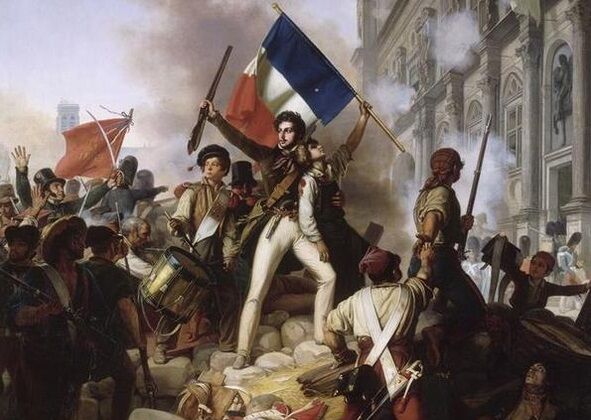
Symbol of the French Revolution
To tackle the financial crisis, the French king of the time, Louis XVI, called a general assembly at which representatives of each order (nobility, clergy and Third Estate) met. This meeting was known as the Estates General. It began on 5 May 1789. To prepare for this important meeting, the king asked his citizens to put their demands and suggestions in writing. All these ideas were written down in books known as cahiers de doléances. They criticised the fact that only members of the Third Estate paid income tax and called for members of the other two orders to do likewise. Obviously, this proposal, although supported by the king, was not accepted by the nobility and the clergy. Everything was in place for the people to revolt.
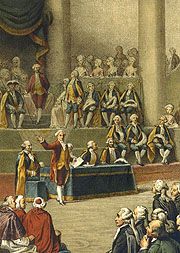
The opening of the Estates General in 1789
Throughout the Estates General, riots and demonstrations broke out all over France. The Third Estate demanded a fairer society. Its representatives, the bourgeois, were denied their demands by the nobility and the clergy, and decided to hold a meeting outside the Estates General. It took place on 17 June 1789. They reached an agreement: they would remain together until they had given France a new constitution that would abolish the privileges of the nobility and the clergy. This new constituent assembly, inspired by the humanism of the Enlightenment thinkers, represented a threat to the power of the king and to the Ancien Régime.
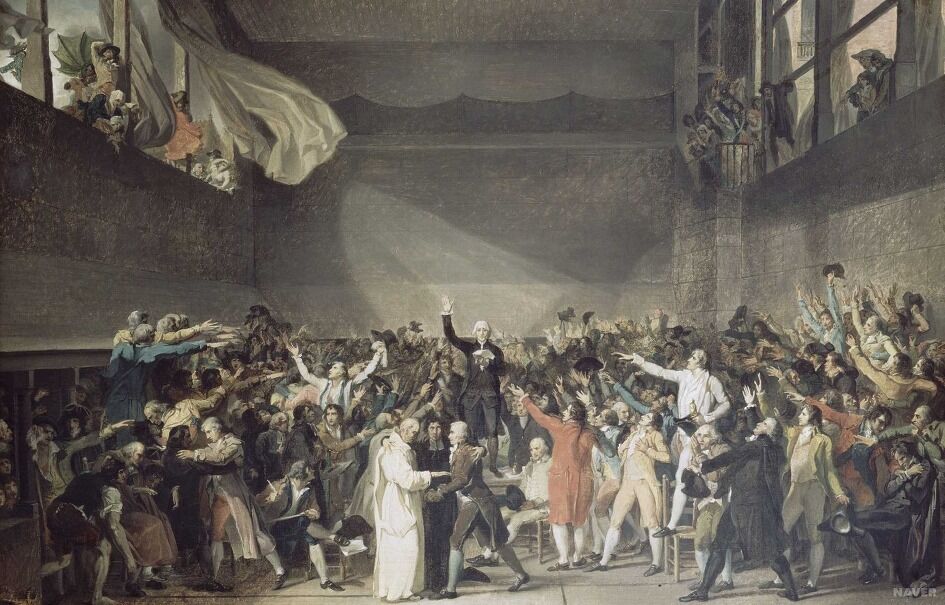
At the Jeu de Paume oath, the representatives of the Third Estate formed a constituent assembly.
Riots had been taking place since the start of the Estates General, but 14 July 1789 marked a turning point in French history. On that day, members of the Third Estate attacked and took possession of the Bastille prison. This act was highly representative. Although there were only a few prisoners inside, it was a symbol of the absolute power of the king, who could lock up anyone he wished without trial.
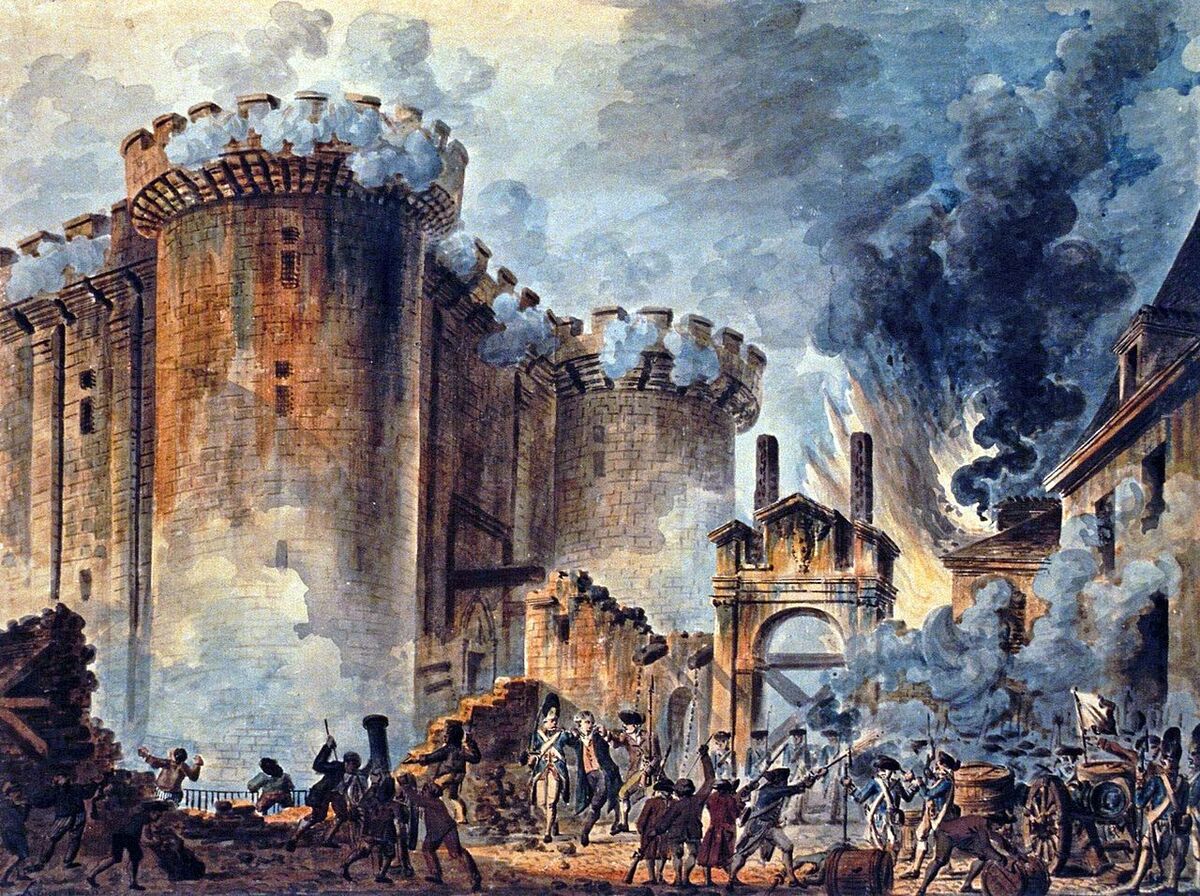
Storming of the Bastille
From that moment on, things went from bad to worse. On 4 August 1789, under pressure from the French people, the deputies had no choice but to abolish the privileges of the nobility and the clergy. On 26 August of the same year, the Declaration of the Rights of Man and of the Citizen, an official text protecting the freedoms of each and every person, was put in place. This marked the end of the Ancien Régime. A little later, the absolute monarchy was replaced by a constitutional monarchy on 3 September 1791. However, Louis XVI tried to keep his powers to himself. In the end, the monarchy fell and Louis XVI was guillotined in January 1793.
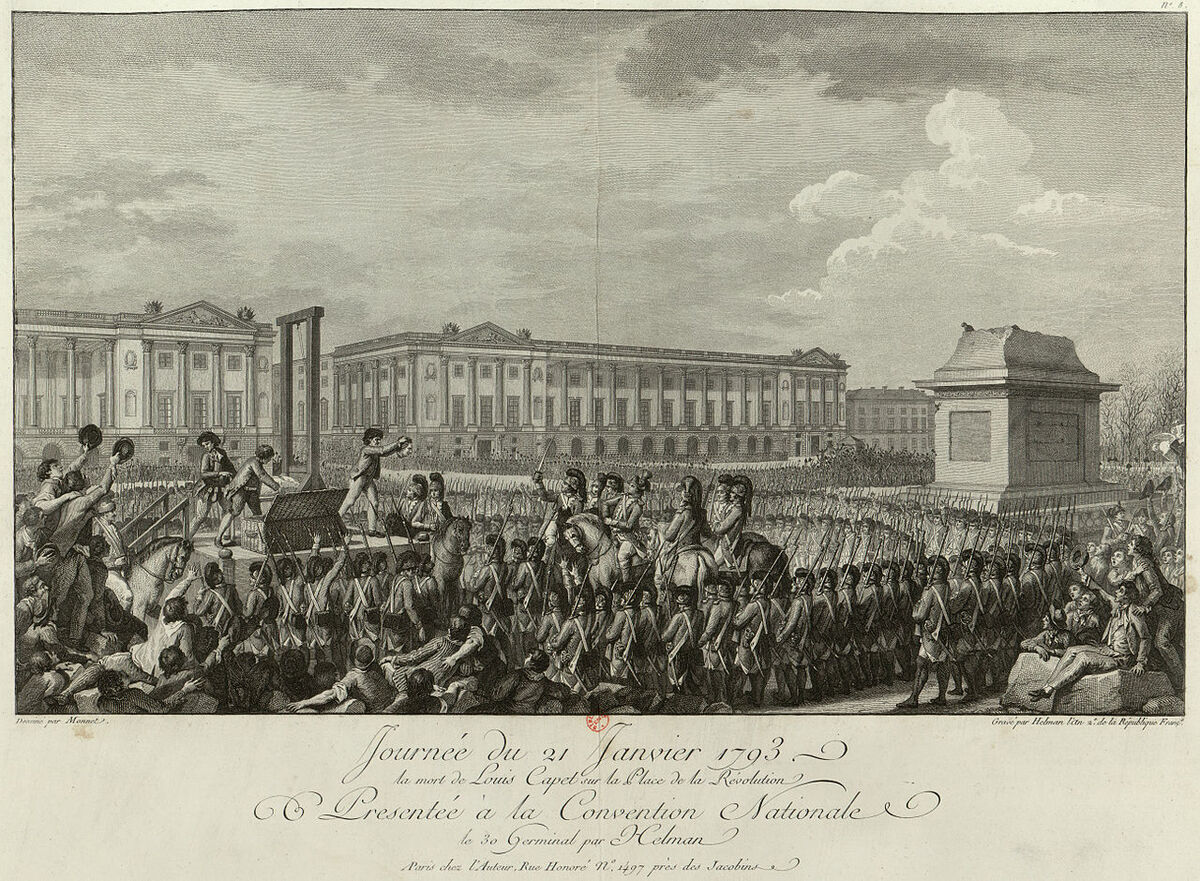
The execution of Louis XVI in 1793
The constitutional monarchy was replaced by a republic. This change did not come without its problems. In 1793, some revolutionaries, including Maximilien de Robespierre, created the Committee of Public Safety. The revolutionaries did not hesitate to use violence to condemn those who opposed or were suspected of opposing the Republic. This was the beginning of a period known as the Great Terror. The Revolution that was supposed to bring freedom and equality to the people was now a source of fear, violence and poverty. The members of the Committee of Public Safety, along with other revolutionaries, were executed. France thus found itself in a state of political and financial instability, which allowed Napoleon Bonaparte and his army to seize power in 1799. This marked the end of the Republic.
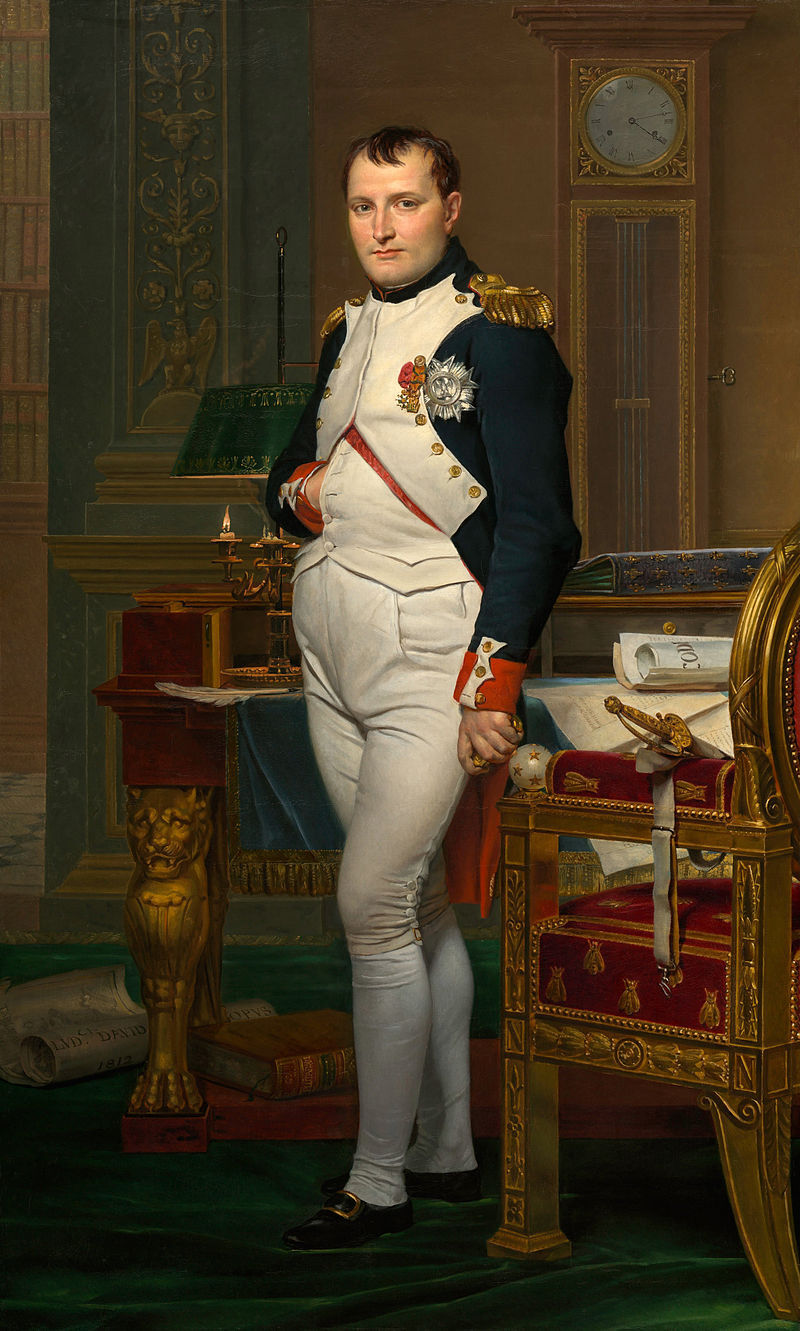
Napoleon Bonaparte
Revolutionaries from the population of Paris were called Sans-culottes. Often small shopkeepers or artisans, they were so called because they refused to wear the breeches worn by the nobility, which were seen as a symbol of the monarchy.
Condorcet, a mathematician, politician and philosopher, was a member of the Legislative Assembly from 1791. He wrote books and articles in which he defended rights, in particular women's right to vote.
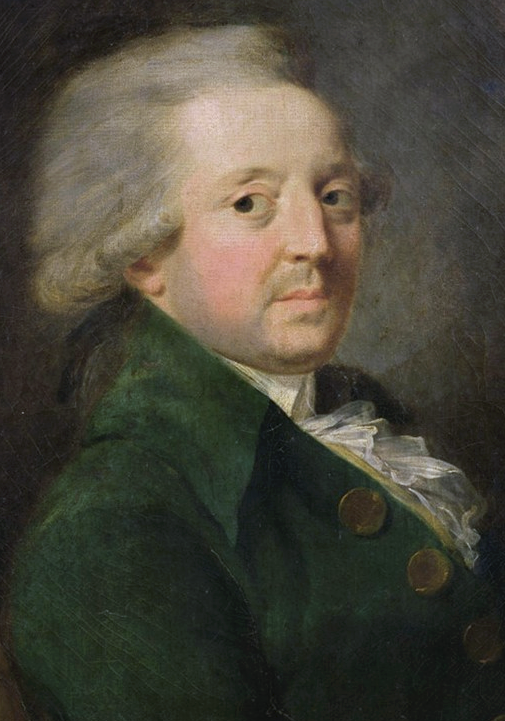
Nicolas de Condorcet (1743-1794)
The Revolution had a remarkable impact on French society. Firstly, inspired by the ideas of the Enlightenment, the representatives of the Third Estate contributed to the abolition of the Ancien Régime. Gone was the idea that one person was more important and had more privileges than another because they were born into the right social groups. Citizens became free. They were also equal before the law and had the right to vote.
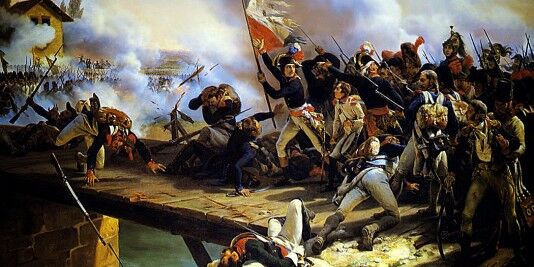
Battle involving Napoleon Bonaparte
In addition, the separation of powers, an idea of the Renaissance humanists, was applied in France. These rights are protected by a document: the Declaration of the Rights of Man and of the Citizen. Although violent in many ways, the French Revolution eliminated the idea that some citizens have more rights than others. They are all free and equal.
